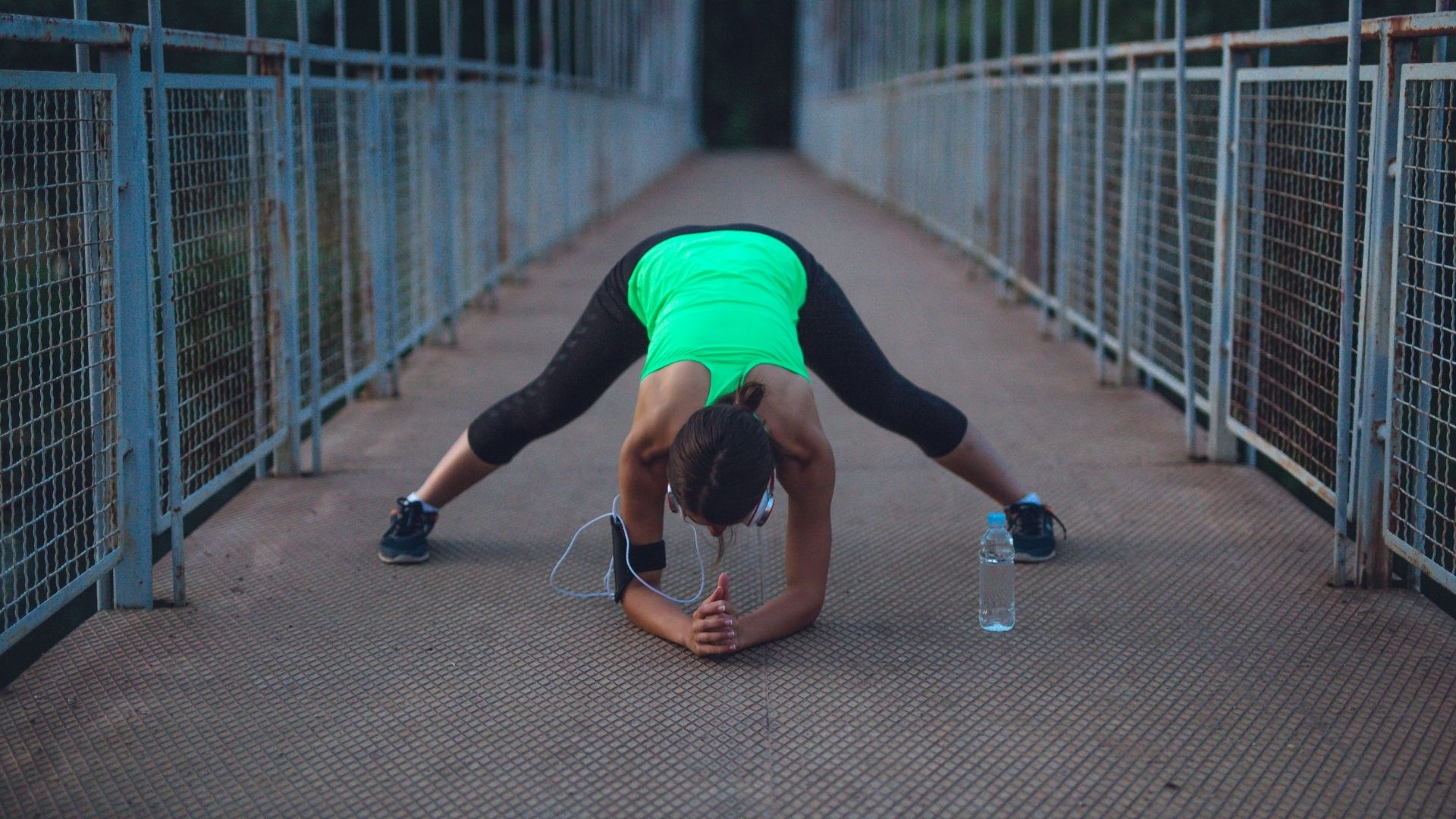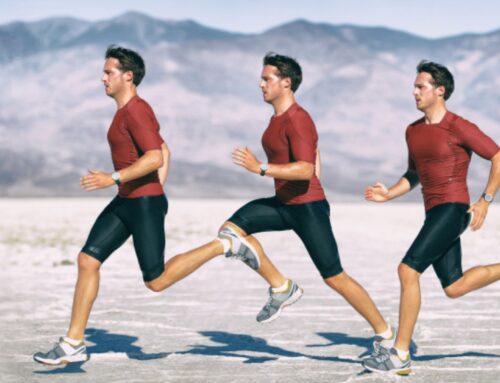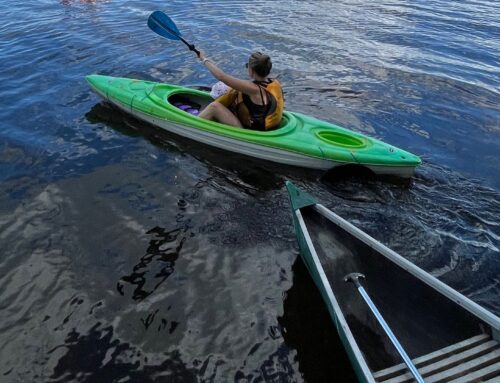There is limited scientific evidence that a cool down prevents injury. However, there are still some benefits to doing a cool down after engaging in strenuous physical activity. As exercise professionals, we recommend cool down exercises and stretches whether you’re out for a brisk walk, raking leaves, weight lifting or playing baseball.
We will help you better understand what constitutes a proper cool down. In addition, I will provide simple guidelines for doing a cool down. I will include examples of specific exercises to help your body cool down.
What is a Cool Down?
A cool down is any activity that helps your body temperature, blood pressure and heart rate return to normal levels. This should happen at a gradual pace after the activity that you have performed.
The cool down should happen right after the main activity. Its purpose is to:
a) reduce lactic acid buildup;
b) prevent blood from pooling in lower body veins;
c) improve flexibility and mobility around the joints.
Types of Cool Down Exercises
Cool downs can consist of a number of activities that help to:
1) lower the heart rate
2) slow down breathing
3) and help to slowly relax the muscles.
Cool downs can consist of:
Slow Walking
Walking at a pace that is leisurely and allows your heart rate to return to a normal level.
Static Stretches
Stretching a specific muscle and holding the position for 30 to 60 seconds. Examples include seated butterfly stretch, head to knee forward bend.
Dynamic Stretches
Actively moving the joints and muscles through large ranges of movement at a slower pace. Examples include leg swings, arm circles.
Foam Rolling
Performing active movements with a foam roller as a myofascial release targeting specific muscles.
Ice Baths
A form of cryotherapy where the involved muscles or whole body is submerged to slow down the negative effects of exercise.
How to Cool Down Effectively?
A cool down should be less than 40 percent of your maximum effort. You want to slowly wind down but keep the muscles moving. This will flush out the metabolites in your muscle. And the muscle fibres are able to relax before calling it quits.
The cool down is very similar to a warm up in terms of length. Ten to 15 minutes of light intensity activity followed by stretches. In the warm up, we recommend not holding static stretches longer than 15 seconds. However, during the cool down you can hold a static stretch for 30 seconds or more.
For example, after a brisk walk you could end with 5 to 10 minutes of slow walking. Follow this with 5 to 10 minutes of static stretches.
Activities like sprinting, high intensity interval training and sports may require longer than 15 minutes to achieve a gradual cool down. In addition, sports specific activities and stretches might be more beneficial in the cool down process. For example, walking for 10 minutes after running can help gradually return the body to its normal state.
You may also enjoy reading: How Does a Warm Up Prevent Injury?
Benefits of a Cool Down
Cool downs are often neglected when people are busy. Many of us can barely find time to exercise. We try to squeeze as much impact into every workout as possible. For others, a cool down is difficult after fatigue has already set in. The thought of doing 15 more minutes is a hard sell.
Exercise can lead to the build up of metabolic by products such as lactic acid. Lactic acid has been shown to cause fatigue. Therefore, reducing the amount of lactic acid in the blood will help decrease the amount of fatigue experienced after exercise. Some research has shown that low to moderate level cool downs are more effective than passive activity in helping to decrease the amount of lactate in the blood and muscle tissue.[i]
An active cool down also helps to increase the blood flow to the muscles and skin. Performing an active cool down can help maintain range of motion and joint mobility. This helps to reduce the stiffness and tightness that can happen after exercise.
The heart and lungs are more active during exercise. This is in order to supply the muscles with oxygen. These systems remain “over” active even after you’ve finished exercising. An active cool down has been shown to provide a faster recovery of the cardiovascular and respiratory systems. It does this by helping to normalize heart rate, blood pressure and breathing rate after exercise.[ii]
Physical Activity & Injury Prevention
Physical activity is vital in improving and maintaining flexibility, strength and balance. Maintaining good physical health can improve pain and fatigue linked with many chronic illnesses.
At Propel Physiotherapy, movement is the foundation for our injury prevention and rehabilitation programs. We take an active approach to working with all clients regardless of their previous level of activity.
First, our highly experienced team will complete a thorough assessment. We can then develop a customized exercise program tailored to your goals. Optimize your daily function or your performance in sports. Manage the effects of injury and prevent the potential of further injuries. Contact us to learn more about how we can help you.
References
Written by









